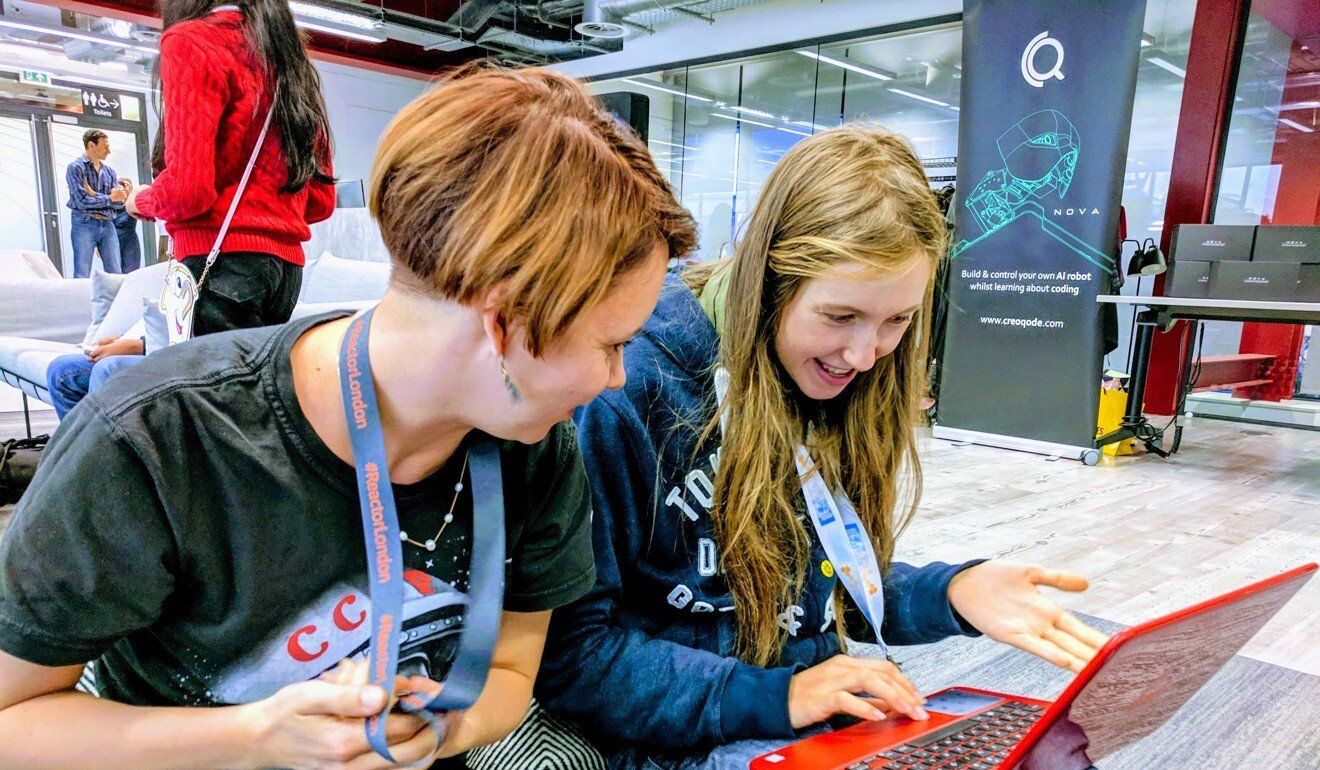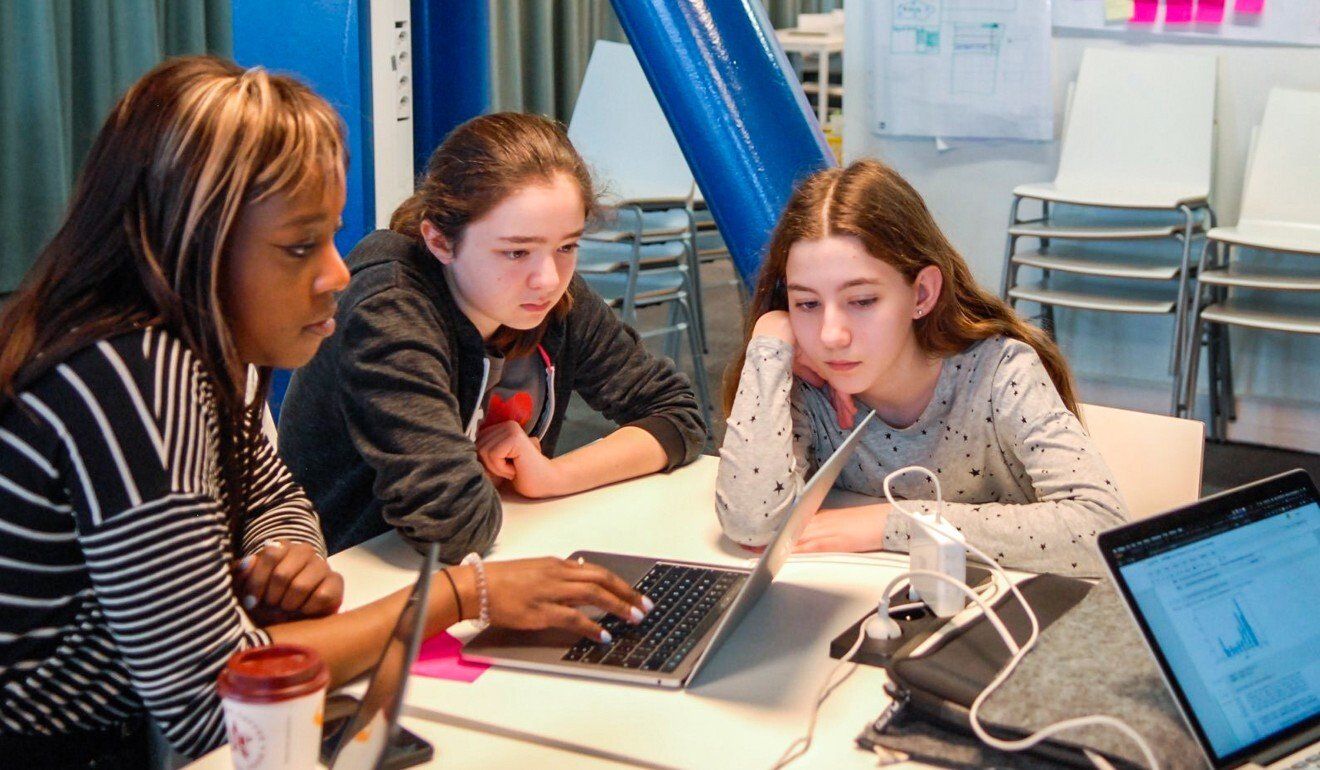Hong Kong News

14-year-old girl takes the lead in organising Hong Kong’s first global hackathon
A global hackathon aimed at inspiring girls and young people from underrepresented communities to enter the world of artificial intelligence is set to take place in Hong Kong for the first time later this month.
The city is among 25 locales around the world to hold hackathons to celebrate International Women’s Day. It will be a huge undertaking for any organiser, but 14-year-old Nicole Lee Hong-ying believes she is up to the task.
Lee is the youngest organiser selected by Teens in AI, the group that oversees the event. It seeks to create opportunities for underrepresented talent through mentoring, workshops and hackathons for people aged 12 to 18. Lee, a Year 10 student at West Island School, jumped at the chance to bring the event to her hometown and to inspire other girls to get into her favourite subject.
“At first it was intimidating to think I was the lead organiser at only 14 years of age. It was hard to balance time between school and planning the hackathon,” said Lee, who stayed up until 1am most nights sending emails communicating across time zones.
The founder and CEO of Teens in AI, Elena Sinel, who is based in London, said while the organisation had been supporting Lee, the teenager had also been the driving force behind the process.
“We decided if she would like to try, now was a really good time. Organising a hackathon is not easy but … it teaches you incredible skills, like leadership and organisational capabilities,” Sinel said.
Lee contacted hundreds of local and international schools and invited them to take part in the event. Around 44 participants from a mix of schools have signed up to take part so far.
 An event by Teens In AI in France.
An event by Teens In AI in France.
A hackathon gathers people with a diverse set of skills, from programming to design, to solve a real problem within a limited amount of time. The virtual event will be held between March 13 and 21.
The challenges are aligned with the United Nations’ Sustainable Development Goals, and participants are required to identify a problem they experience in their communities and use artificial intelligence and data science to solve it.
Lee said inspiring other girls to love coding as much as she did would bring more diverse solutions to the male-dominated technology sector.
“When you embrace and empower more people to be in the innovation sector, it gives them a chance to create something new and improve our society for the better,” she said.
As well as recruiting participants, Lee has found mentors supporting the event and mobilised her mother, Kennix Chim, a former journalist, to help search for companies that might like to take part.
Two local partners are online learning platform BSD Education and non-profit innovation group Makerbay, which will provide mentors and prizes for the event. Other supporting organisations are the Institution of Engineering and Technology (IET) and the Hong Kong Association for Computer Education.
When Justina Ho, the chairwoman of IET Hong Kong, discovered that a 14-year-old was leading the event, she was worried about the challenges the teenager might face.
“We were ready to step in to help, but she is doing perfectly fine. We were totally amazed,” said Ho, adding the IET would be providing mentors for the event.
 Teens In AI seeks to create opportunities for underrepresented talent
through mentoring, workshops and hackathons among people aged 12 to 18.
Teens In AI seeks to create opportunities for underrepresented talent
through mentoring, workshops and hackathons among people aged 12 to 18.
Ho has worked in the field for 20 years and is passionate about STEM – the collective term for the fields of science, technology, engineering and mathematics. The organisation’s STEM 4 Girls Programme has about 80 to 100 girls who take part every year.
There is no official data available on the percentage of women workers in the technology sector in the city, but Ho said from their research it would be about 20 per cent, which correlates with global figures.
Ho said trying to encourage women and girls to pursue technology could be difficult, as either they were not sure what engineering was, or their parents or teachers got in the way, assuming it was only an industry for men.
“In Nicole’s case, because she is the one taking the lead on this programme, it is a young girl telling other young girls they can do it. That is a strong statement.”











